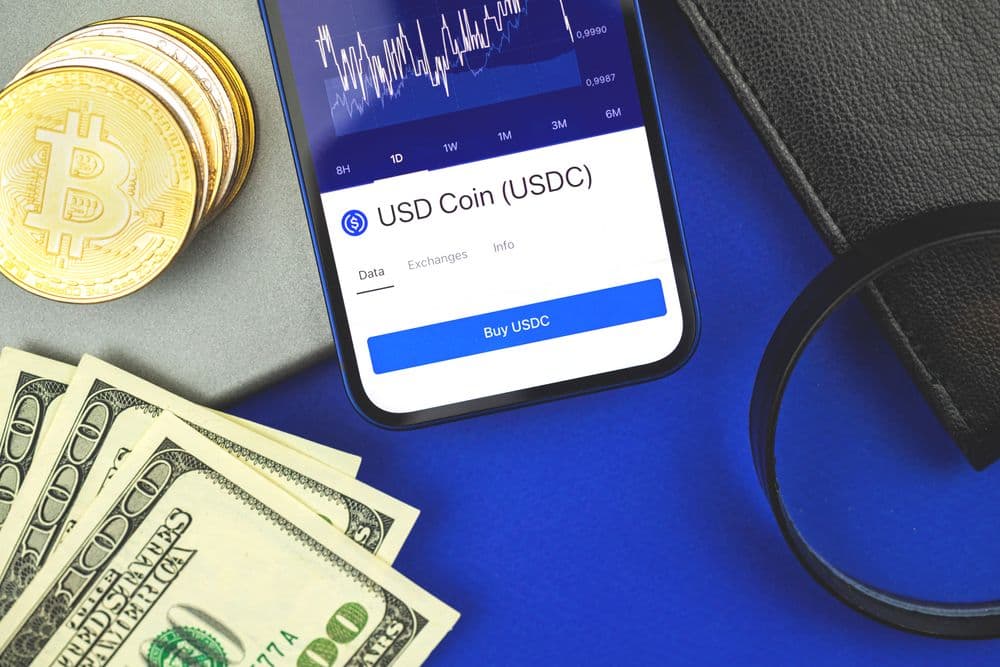**Stablecoin issuer Circle is taking a bold step toward reshaping global payments infrastructure with the launch of the Circle Payments Network (CPN), a real-time, cross-border transaction platform powered by its regulated stablecoins, USDC and EURC. **
The initiative, announced on April 21, aims to bridge traditional finance and crypto-native solutions by connecting banks, fintechs, digital wallets, and financial institutions into a unified system for seamless money movement across borders.
Set for a limited launch in May 2025, CPN introduces a new financial settlement layer that prioritizes speed, transparency, and security. It enables instant settlement using compliant, fiat-backed stablecoins, offering a programmable alternative to the legacy correspondent banking model that often suffers from delays, high costs, and limited access—particularly in emerging markets.
Streamlining Global Finance with Stablecoins
Unlike traditional international payments, which involve multiple intermediaries and often take days to clear, the Circle Payments Network allows licensed financial institutions to move money 24/7 with near-instant finality. Circle has emphasized that CPN will support a wide range of use cases, including treasury operations, payroll disbursements, global remittances, and onchain business payments.
With built-in KYC, AML, and cybersecurity standards, CPN is designed to meet institutional-grade compliance requirements. Financial developers will also be able to build tools directly on top of the network using smart contracts and modular APIs, enabling integration into existing infrastructure and fostering innovation in the financial services sector.
Backed by Major Banking and Fintech Partners
To build out the CPN’s architecture and ensure regulatory alignment, Circle is working with a consortium of global banking heavyweights, including Banco Santander, Deutsche Bank, Société Générale, and Standard Chartered. On the fintech and infrastructure side, integrations are underway with BCB Group, Flutterwave, dLocal, Coins ph, Fireblocks, and Zodia Markets, extending access points and facilitating local currency interactions.
Jeremy Allaire, Circle’s co-founder and CEO, highlighted the company’s long-standing vision to simplify money movement globally. “CPN is a significant step in making that vision a reality for businesses worldwide,” Allaire said, likening the initiative’s ease-of-use goals to the simplicity of sending an email.
Strategic Timing Amid Regulatory Shift
The launch of CPN coincides with a broader regulatory pivot in the U.S., where political leadership and federal agencies appear more open to integrating crypto into the banking system. According to a recent Wall Street Journal report, Circle, alongside Paxos, BitGo, and Coinbase, is preparing to seek banking licenses, signaling a trend toward deeper institutional involvement in digital finance.
The new regulatory climate also appears to be drawing traditional banks back into the crypto fold. Institutions that previously distanced themselves are now re-engaging, leveraging stablecoin infrastructure to access new financial markets and services.
With the introduction of CPN, Circle is positioning itself at the heart of this transformation—offering a compliant, scalable framework that could redefine global payments and unlock new efficiencies across the financial ecosystem.

